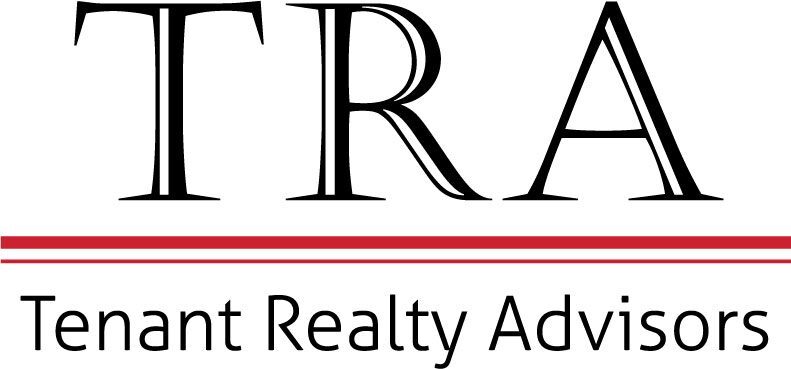We have all been deeply affected by the COVID-19 pandemic. A lot of people smarter than I say our lives and businesses will be permanently changed, rather like how America was changed by the terrorist attacks on Sept 11, 2001. This post will focus on how this pandemic has affected our concept of office space. I have compiled several articles on the subject and will attempt to review, paraphrase, and quote, with credit given to both authors and publication without adding my opinion, slant, or spin.
 First let’s look at the Zoom phenomenon. We are hearing that most, or even all of us, can work from home with the use of video conferencing technology like Zoom. Maybe it won’t be necessary to work in offices anymore. The following articles discuss some of the issues associated with remote conferencing.
First let’s look at the Zoom phenomenon. We are hearing that most, or even all of us, can work from home with the use of video conferencing technology like Zoom. Maybe it won’t be necessary to work in offices anymore. The following articles discuss some of the issues associated with remote conferencing.
The first article, Zoom Fatigue Turning a Lifeline into a Fetter, by Chris Gaetano, says the term Zoom Fatigue was coined by the BBC. The article states that for many, Zoom calls are exhausting because we can only see the other person’s face, and we can’t rely on the body language cues we usually depend on. Zoom calls show only our faces. They don’t show our posture, and often not our hands. So, we have to really, really concentrate on facial signals, and at the same time we must always look 100% engaged. The result is there is no down time, no scribbling notes, etc. And because we can also see ourselves, it is easy to feel self-conscious.
Zoom Exhaustion is Real, by Steven Hickman, offers “a timely perspective on managing our virtual new reality”. This author mentions the many visual cues we need for face to face communication. He states that one “ends up feeling connected but disconnected.” And because we are hyper- focused on the few available cues that we do get, we get exhausted.
Zoom Fatigue: Don’t let Video Meetings Zap your Energy, by Suzanne Degges-White, offers some “cheats to help you beat Zoom before it beats you.” She makes some of the same points the other writers have made about “high intensity virtual connecting” and that even extroverts can feel worn down by it. But she makes other observations as well. She states “not only does Zoom zap our energy and brains, but it also beats down our bodies.” The hours spent in one position in furniture never designed for long-term sitting can leave us feeling cranky and achy. At home we don’t have a break room to visit, coworkers to chat or gossip with, or an evening commute which can provide some time to decompress.
I can relate to the furniture point. The breakfast table chair that I use in my home office is far from comfortable. I am constantly trying to find the best way to sit (it was a treat to return to my ergonomic work desk and chair after several weeks at home). This author has other suggestions like spacing Zoom meeting 10-15 minutes apart to allow a mental break, or to get up and walk around. She also suggests listening in on meetings rather than pure Zooming (my words). There are other suggestions too which make this worth the read.
We are also seeing many discussions about future work space. Give Me Some Space, Dude, from a recent San Francisco Business Times, is from a space planner’s perspective. One space planner states that with social distancing, the old matrix of 150 sf per person is gone. The new number is 300 sf per person. This person goes on to say that companies may be thinking about decompressing their office spaces with fewer desks and fewer people “and potentially change the way office space actually functions.” Another contributor to the article said that cafeteria and amenity space will be changed to provide more space, a sense of privacy, and to give employees more choices on where to sit.
The New York Times article, The Pandemic May Mean the End of the Open-Floor Office, by Matt Richtel, begins with “ the modern corporate office is renowned for open, collaborative work spaces, in-house coffee bars and standing desks… soon there may be a new must-have perk: the sneeze guard.” The author also states that “we may be moving back to privacy.” Other quotes from Mr. Richtel:
- “Virus-free office environment may be a pipe dream”
- “The basic step to lowering the risk is having less people in the space”
- “Open office space was born in the first dot-com bust of the late 1990s and was considered essential for collaboration. But it was also about cramming more people in less space, a situation that people now realize creates unnerving petri-dish conditions.”
- “Employers will want their staff to feel safe coming back to work–this will require remaking the space.”
The author goes on to say the concept of “hoteling,” which was heralded as the most efficient utilization of office space, doesn’t work. This concept did away with private cubes or offices. (In my opinion, the biggest blasphemy of all was your own private office). Hoteling may now be the absolute last thing that employees want or will stand for. Who knows which Typhoid Mary used that desk before you? And why didn’t management issue me a full HAZMAT suit? One suggestion for enhancing a sense of safety and security in this situation is to “add tall laminated gallery panels.” The author concludes that having more people work from home would reduce, or eliminate, the costs of refitting the office.
In Majority of Employees Embrace Remote Work, by Roy Maurer, written for SHRM Better Workplaces Better World, provides survey data on the topic of remote working. SHRM is an organization of HR professionals based in the UK with members in the US. The article begins by stating that “the majority of employers believe that much of the working from home will end after the pandemic passes.” The group did a survey of members between April 13-15.
Here are five other stats that caught my eye:
- At the start of this year only 3% of 1000 HR professionals surveyed within the US said their salaried employees were working from home. By April that number had risen to 64%.
- 99% expect that furloughed salaried workers will return to their jobs.
- 59% expect laid off salaried employees to return to their jobs.
- 93% expect furloughed hourly employees to return post COVID-19.
- 68% of US employers think they are done with layoffs. And maybe the most telling: all but 5% expect their work force to return to pre-crisis levels within 6 months. I presume based on the title of the article that these workers will be working in employers’ offices.
Life After the Lockdown, by Theresa Agovino and also from SHRM, is a good article to end on. This author states there are “conflicting messages about best practices abound.” Employers are trying to ensure their employees’ safety and mental comfort. The article references a study in late April by O.C. Tanner, which creates employee recognition programs. According to the study, 50% of individuals do not want to return to work until late June at the earliest. The article cites a survey by Willis Towers Watson, showing 59% expect their work-from-home policies to remain in effect after the end of the pandemic, while 63% say the changes are having a positive impact on their culture. 36% believe the changes are improving employee productivity. Whoa, only 36% believe the changes are improving productivity?? That so few employers believe the changes are beneficial is telling.
In conclusion, we see consensus that offices will need to change and evolve to accommodate the COVID-19 world. There are differing opinions on the future of office space use and design, with constantly evolving data and forecasting. In our opinion, one size will not fit all, and requirements will largely depend on the type of industry and specific job function. Please contact us if you would like more information on moving forward with your existing office space, or need to rethink a new one.
